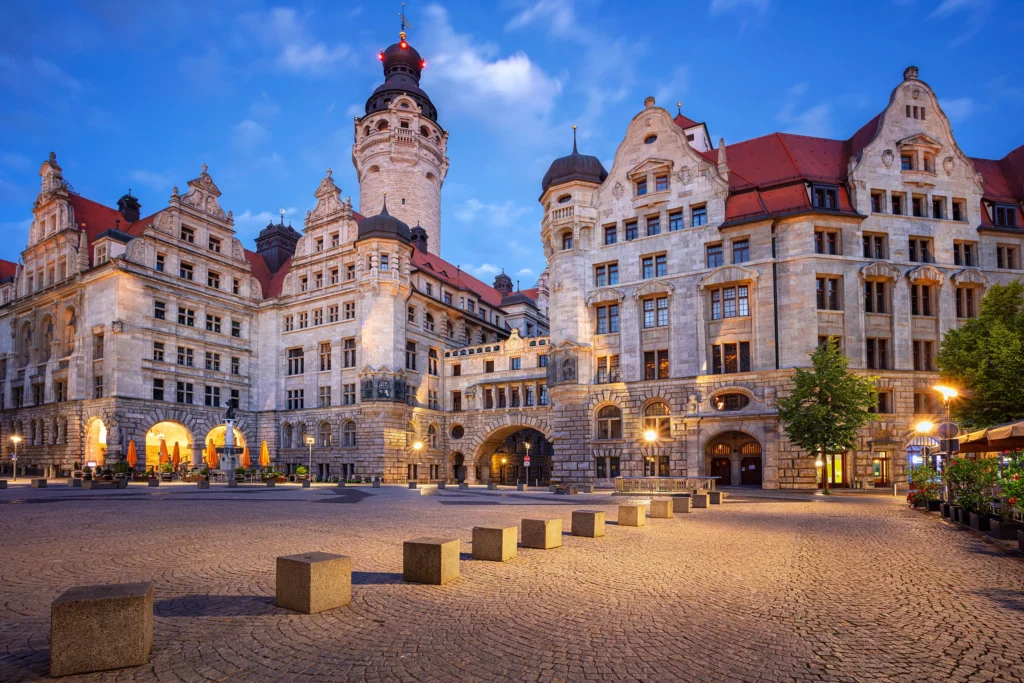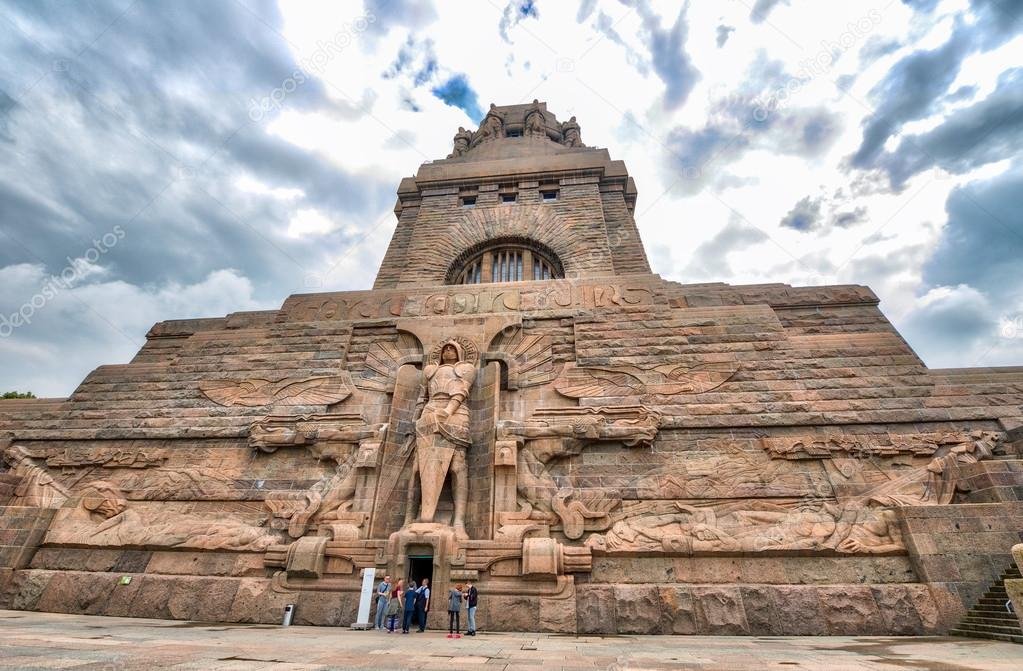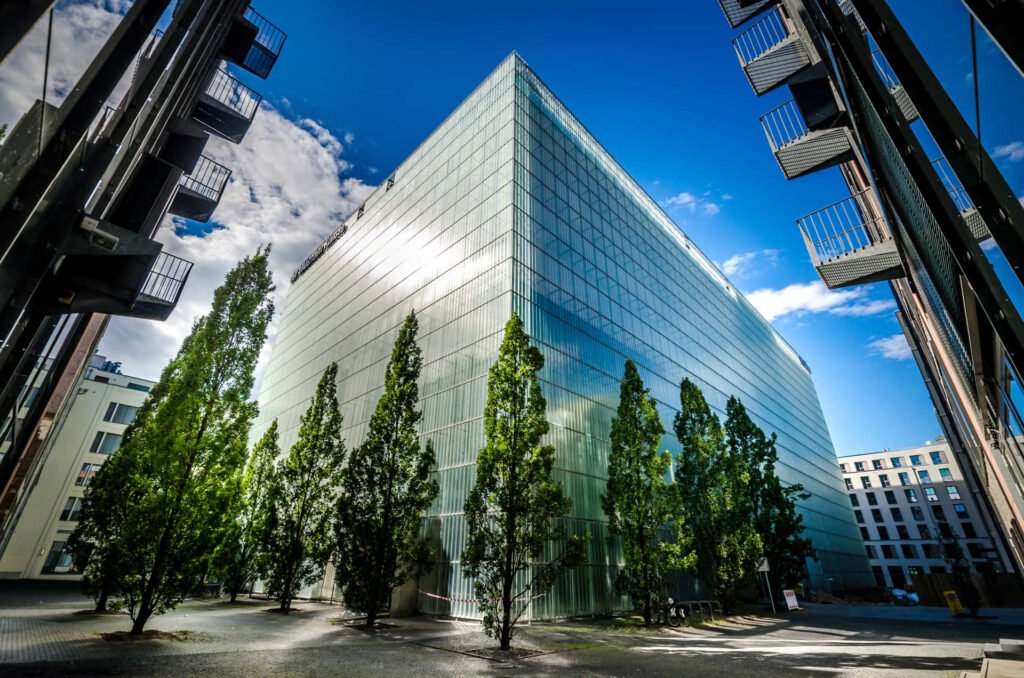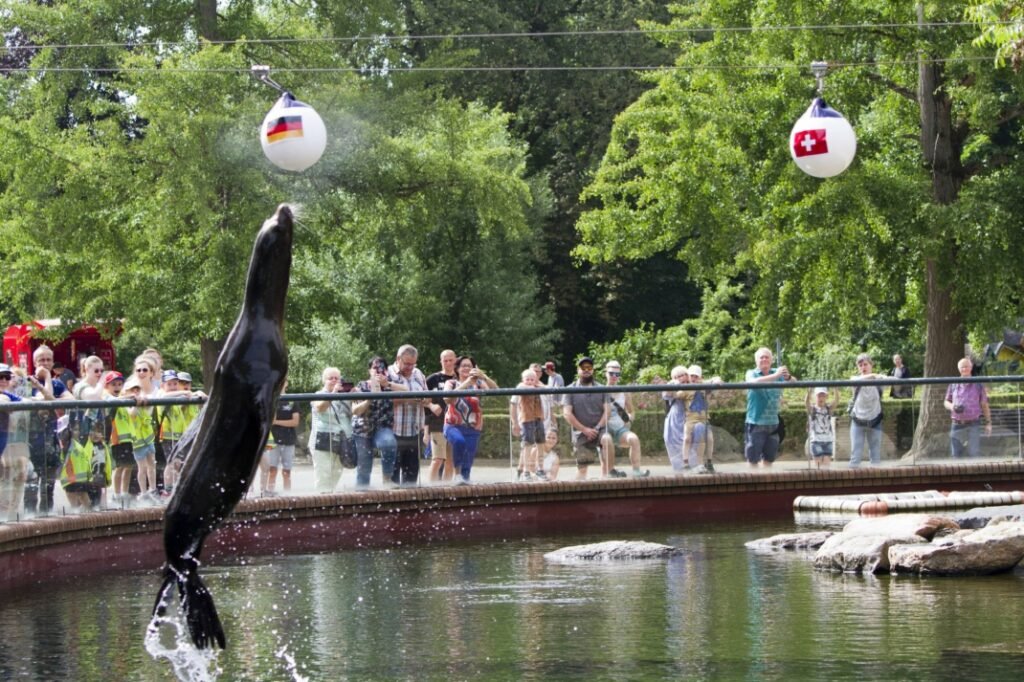Charming Leipzig has historical monuments and others tourist attractions, but at the same time it does not attract as many tourists as other large German cities. But it is worth visiting because there is a lot to see.History and architecture lovers will love this city. In Leipzig is to see its gigantic Völkerschlachtdenkmal – Monument to the Battle of the Nations, or Völki.

Location
Leipzig is a city with county rights, the most populous center of Saxony and the second largest after Berlin in the eastern part of Germany. It is located on the Biała Elster River.

Market Square – Old City Hall

Leipzig’s historic center is a place where history, art and music come together in old and new buildings. Beautiful monuments include the Market Square with the Old Town Hall, a perfect example of Renaissance architecture, which houses the City History Museum. The square is a stunning, spacious area where you can see residents in action. Visit the city during the Christmas and Easter Markets or the Wine Festival!
St. Thomas Church

Church of St. Thomas is over 800 years old and was an important place of work for Johann Sebastian Bach and the activities of the boys’ choir of St. Tomas – the oldest boys’ choir in Germany. The Thomaskirche was built in 1212 as a monastery church. So you can look back on over 800 years of history. Most of Bach’s works were written here. Church of St. St. Thomas is also the resting place of Bach and is considered an important center of classical music – far beyond Germany.
St Nicholas Church

Church of St. Nicholas next to the church of St. Nicholas. Thomas belong to the most famous churches of Leipzig. The construction of the church started in the year 1165 and was designed in the Romanesque style. However, in the 16th century the church was converted to a Gothic element church and the Baroque elements of architecture like the tower were added to the structure in the 18th century. The church was brought into the spotlight in 1989 during the Monday Demonstrations.St. Nicholas Church is also the largest church in terms of capacity in Saxony.
Monument to the Battle of the Nations

The Monument was erected in commemoration of the defeat of Napoleon’s French troops in battle October 1813. During the battle, which took place over four days and led to the death of almost 90,000 people, a coalition of Austrian, Prussian, Russian and Swedish Troops fought against the French who were supported by the local Saxons in one of their more unwise political decisions.
One of the most devastating battles before the first World War, fighting took place all over the city and its surroundings, but the heaviest clashes happened on a plain where the monument now stands. The Völkerschlachtdenkmal itself was erected in 1913 for the centennial of the battle and was hailed both for its humongous size and the necessary achievement in structural engineering.
Gewandhaus

The Gewandhaus zu Leipzig is one of the city’s own cultural businesses, which includes the concert hall and orchestra as well as the Gewandhaus organist, the Gewandhaus choir and the Gewandhaus children’s choir. There are also various chamber music ensembles such as the Gewandhaus Quartet, the Gewandhaus Wind Quintet and the Gewandhaus Brass Quintet. Since 1998 the Gewandhaus has been under the directorship of Andreas Schulz.
Museum of Fine Arts

The Museum of Fine Arts (MdbK for short) is one of the oldest civic collections in Germany. Numerous masterpieces from the 7.000th to the 15st century are presented on over 21 square meters of exhibition space.
The collection contains approximately 3,500 paintings, 1,000 sculptures and 60,000 graphics. It includes works from the late Middle Ages to the present with a focus on Old German and Dutch painting of the 15th to 17th centuries, Italian painting from the 15th to the 18th century, French painting of the 19th century and German painting from the 18th to the 20th century.
Forum of Contemporary History

The permanent exhibition at the Zeitgeschichtliches Forum is dedicated to the history of division and unification, dictatorship and resistance in the Soviet occupation zone and the GDR. The exhibition begins with the period after the Second World War, shows life in the GDR and takes you up to the present day in the Federal Republic of Germany.
Leipzig Zoo

Leipzig’s Zoological Garden is one of the oldest in the world. It comprises 23.2 hectares (53 acres). Thanks to its numerous representative animal habitats, the Zoo is an enjoyable and educational place to visit at any time of the year.
Zoos are focused on offering the very best possible nutrition, enrichment and environment for animals in their care. The many committed people at zoos care deeply about animals, working with an incredible variety of species, from one-celled creatures to elephants.
